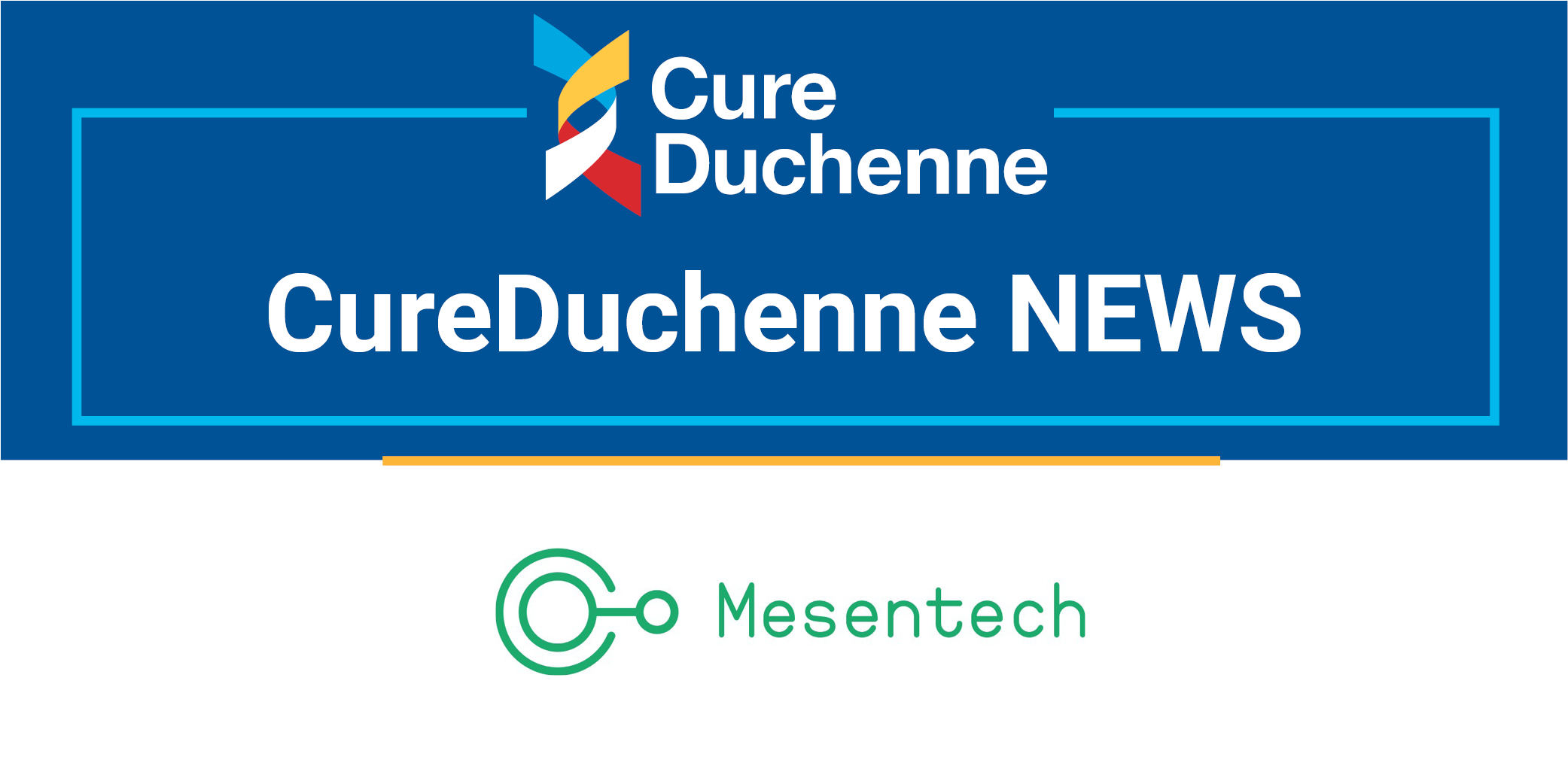CureDuchenne Ventures prioritizes bone health in Duchenne through investment in Mesentech, Inc.

CureDuchenne Ventures is happy to announce an investment in Mesentech, a company based in Vancouver, Canada, that has a novel therapeutic approach for improving bone density and strength. This investment addresses an important medical complication in Duchenne, and one that has been lacking in Duchenne-specific therapeutic development.
Mesentech’s experimental drug still must undergo additional studies before it can be tried in individuals with Duchenne. But if successful, it could be the first bone-restoring drug to be tested in a Duchenne-specific clinical trial, and a significant opportunity to address an important component of the Duchenne disease process in an impactful way.
How is bone compromised in Duchenne muscular dystrophy?
Individuals with Duchenne are at risk for osteoporosis, or thinning of the bones, for three main reasons:
- Reduced weight-bearing activity (which normally drives the development of strong and dense bones)
- Side effects of glucocorticoid therapies
- The effects of cytokines released due to the chronic inflammatory response in dystrophin-deficient muscles
How does low bone density impact individuals with Duchenne?
When bones have reduced density, they become brittle and prone to fracture. Studies have indicated that in Duchenne, at least half of individuals will sustain bone fractures due to low bone density.
Fractures in the vertebral bones of the spine are seen in up to 30% of boys with Duchenne, can be very painful, and if left untreated can lead to spine deformity. Fractures in one of the long bones in the arm or the leg are even more common, and in some cases can lead to permanent loss of ambulation. In addition, long bone fractures can release little fat globules (called fat emboli) into the bloodstream, which can obstruct blood flow in critical places—most often the lungs. Although rare, fat embolism syndrome is a particularly serious complication of bone fractures in Duchenne, since many individuals with Duchenne already have reduced lung capacity due to respiratory muscle weakness. In the most severe cases, fat embolisms can lead to death.
How is bone health currently managed in Duchenne?
Due to the high risk of bone thinning and serious complications, bone density is routinely monitored in individuals with Duchenne by imaging techniques. The current approach is to diagnose and treat with osteoporosis drugs (called “bisphosphonates”) off label and at the earliest signs of factures. Bisphosphonate drugs are not without side effects of their own, and are not completely effective, with some reports indicating they work better in spine than in long bones in Duchenne.
Thus, there is a pressing need for safer and more effective bone drugs in Duchenne, and especially for those that might be able to be administered before the onset of fractures as preventative therapies.
CureDuchenne is proud to be active in this area of unmet need and enable development of a specific bone therapy in Duchenne. As we double-down on funding new versions of gene therapy, including non-viral delivery and full-length dystrophin, we recognize the great need to increase the health of everyone affected by Duchenne, regardless of age and mutation. CureDuchenne relies on support from the Duchenne community to fund comprehensive research and during this challenging time, we appreciate your support more than ever.
CureDuchenne will be hosting a webinar with Mesentech on December 10th, entitled Mesentech and The Importance of Bone Health. The community is encouraged to join and listen to learn directly from Mesentech about their novel therapeutic approach for improving bone density and strength.




